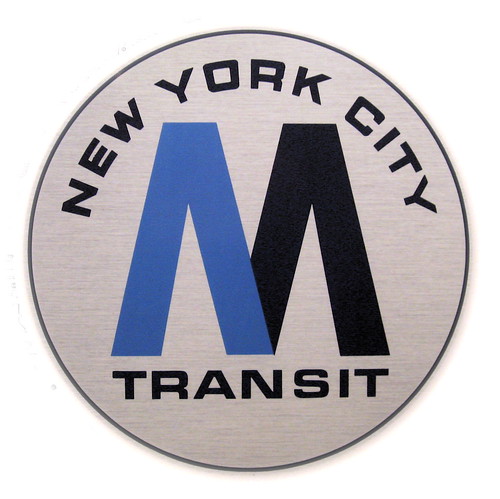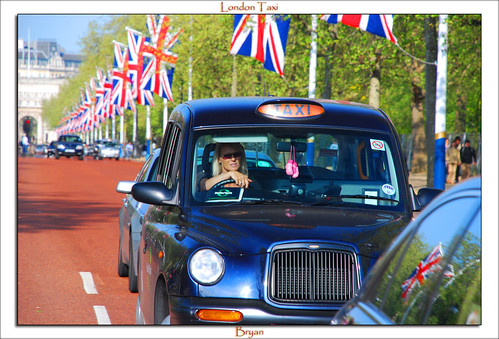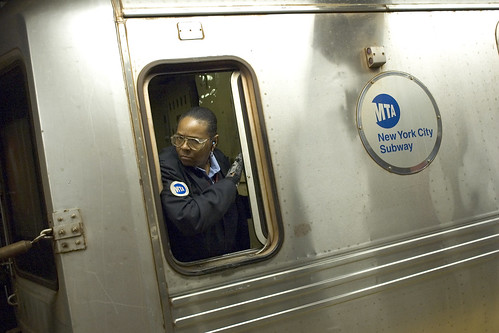NYC, say hello to the Hoop – Beautiful bike rack adds to City streets’ charm
(Source: Cooper Hewitt Design Blog)
Found this interesting article about NYC’s newly designed bike rack called NYC Hoop on the Smithsonian Cooper Hewitt Design Museum’s blog.
“Residents with an eye for detail will notice that the city’s newly designed bike rack, the NYC Hoop, is starting to make its presence felt on the streets, as the city tests various securing methods to both sidewalks and subway grates. Designers Ian Mahaffy and Maarten De Greeve (of Denmark’s Bettlelab) won the 2008 CityRacks Design Competition, coordinated by theNYCDOT in collaboration with the Cooper-Hewitt National Design Museum,Google, and Transportation Alternatives.” This beautiful, easy to use dye cast piece of work is not only easy on the eye but also comes with a very small foot print, making it very suitable for a space crammed uber-Urban environment like NYC.
Interestingly enough, the article posted by Laura Forde notes that the Big Apple is moving ahead with wide-spread deployment plans for the Hoop – nearly 3000 of them.. That must be good news for the ever growing biking population of New York, which has seen tremendous jump in biking recently.
Related articles by Zemanta
- Do-Good Design (tmagazine.blogs.nytimes.com)
- Bill’s Blog over at the Cooper-Hewitt Design Museum (core77.com)
- Design for the Other 90% (design-milk.com)
- The Best of the Smithsonian’s Cooper-Hewitt Design Triennial (inhabitat.com)
- Cooper-Hewitt Showcases Design Projects That Could Change the World (treehugger.com)











